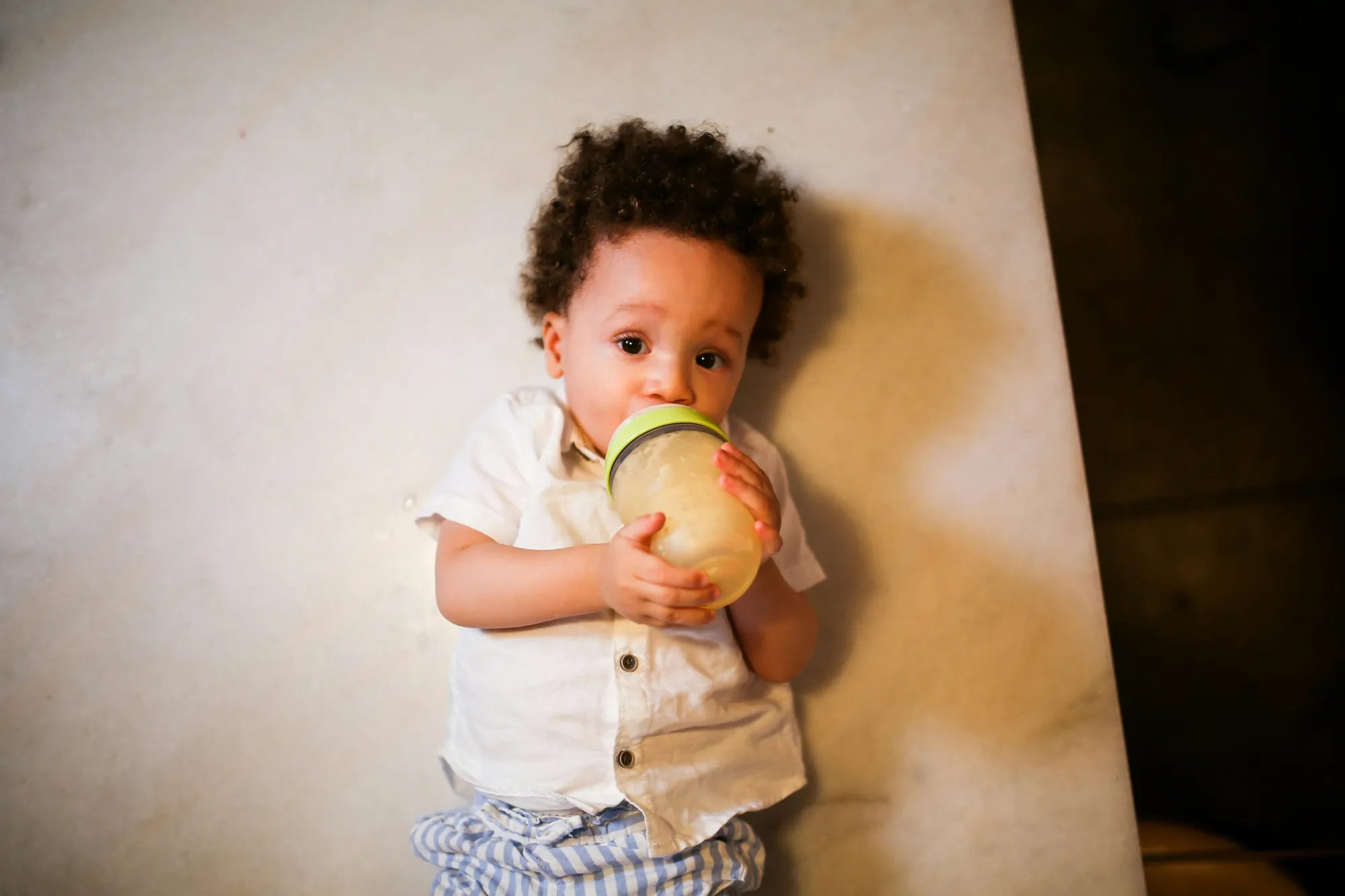Inicio
Pregnancy, Breastfeeding, and Pumping: The Ultimate Guide for Moms
How Long to Soak Breast Pump Parts: A Comprehensive Guide

How Long to Soak Breast Pump Parts: A Comprehensive Guide
When it comes to maintaining your breast pump, one of the most critical steps is ensuring that all parts are thoroughly cleaned. Soaking breast pump parts is a common practice, but how long should you soak them to ensure they are clean and safe for use? This article will guide you through the process, providing expert tips and answering all your questions.
Why Soaking Breast Pump Parts is Important
Soaking breast pump parts is essential for removing milk residue and bacteria that can accumulate over time. Proper cleaning not only ensures the safety of your baby but also extends the lifespan of your breast pump components. Skipping this step or doing it incorrectly can lead to contamination and potential health risks.
How Long to Soak Breast Pump Parts
The recommended time for soaking breast pump parts is typically between 5 to 10 minutes. This duration allows the water and cleaning solution to break down milk residue effectively. However, the exact time can vary depending on the type of cleaning solution used and the material of the breast pump parts. Always refer to the manufacturer's guidelines for specific recommendations.
Steps to Properly Soak Breast Pump Parts
Follow these steps to ensure your breast pump parts are thoroughly cleaned:
- Disassemble all parts of the breast pump.
- Rinse each part under warm water to remove any visible milk residue.
- Prepare a cleaning solution by mixing warm water with a mild detergent or a specialized cleaning product.
- Submerge the parts in the solution and let them soak for 5 to 10 minutes.
- Use a soft brush to gently scrub each part, paying attention to crevices and hard-to-reach areas.
- Rinse all parts thoroughly under warm water to remove any cleaning solution residue.
- Allow the parts to air dry on a clean towel or drying rack.
Common Mistakes to Avoid
While soaking breast pump parts is a straightforward process, there are some common mistakes that can compromise the cleanliness and safety of your equipment:
- Soaking for too long: Extended soaking can damage certain materials and reduce the lifespan of your breast pump parts.
- Using harsh chemicals: Avoid using bleach or other strong chemicals that can leave harmful residues.
- Not rinsing thoroughly: Any leftover cleaning solution can be harmful if ingested by your baby.
- Using hot water: Hot water can cause some materials to warp or degrade over time.
Tips for Maintaining Breast Pump Hygiene
In addition to soaking, there are several other practices you can adopt to maintain the hygiene of your breast pump:
- Clean your breast pump parts after every use to prevent the buildup of milk residue.
- Store your breast pump parts in a clean, dry place to avoid contamination.
- Replace worn-out parts regularly to ensure optimal performance and hygiene.
- Consider using a sterilizer for an extra layer of cleanliness, especially if your baby has a weakened immune system.
When to Replace Breast Pump Parts
Even with proper cleaning and maintenance, breast pump parts will eventually wear out and need to be replaced. Signs that it's time to replace your breast pump parts include:
- Cracks or tears in the material
- Reduced suction power
- Discoloration or persistent odors that don't go away after cleaning
- Visible wear and tear that affects performance
Regularly inspecting your breast pump parts and replacing them as needed will ensure that your equipment remains effective and safe for use.
By following these guidelines, you can ensure that your breast pump parts are clean, safe, and ready for use every time. Proper soaking and cleaning practices not only protect your baby's health but also extend the life of your breast pump, making it a worthwhile investment in your breastfeeding journey.
Compartir
